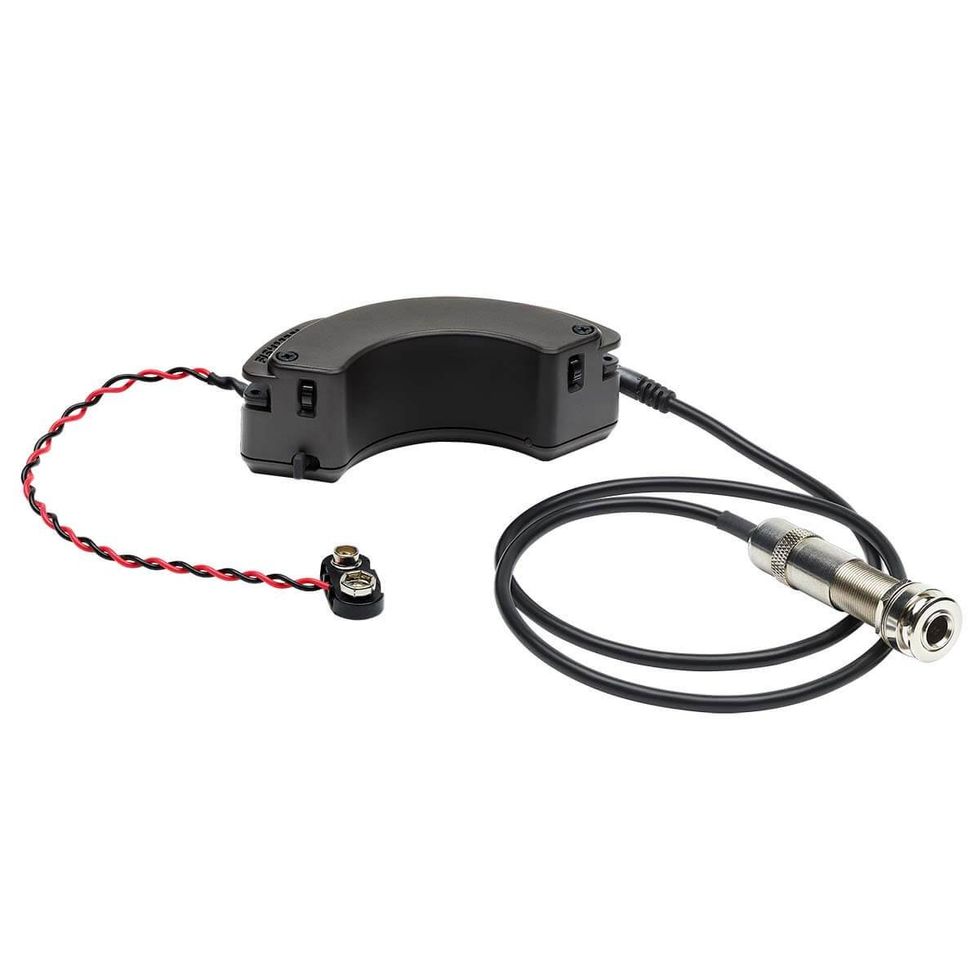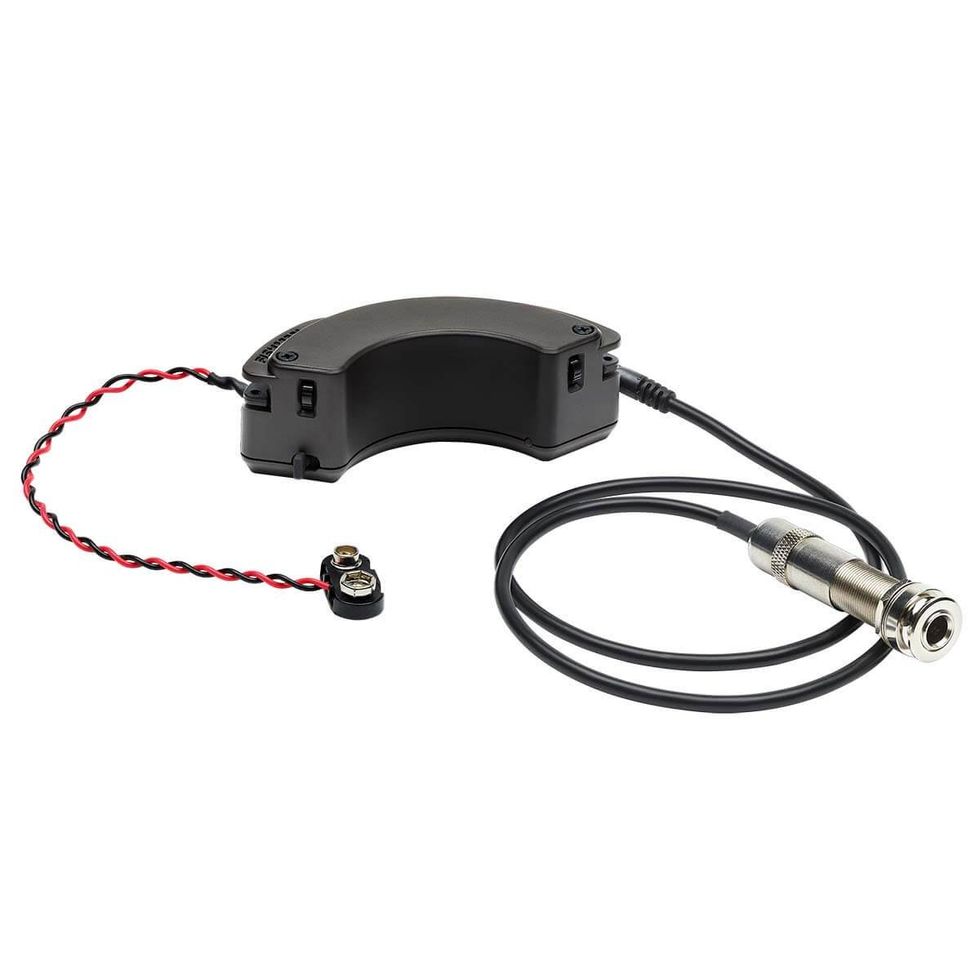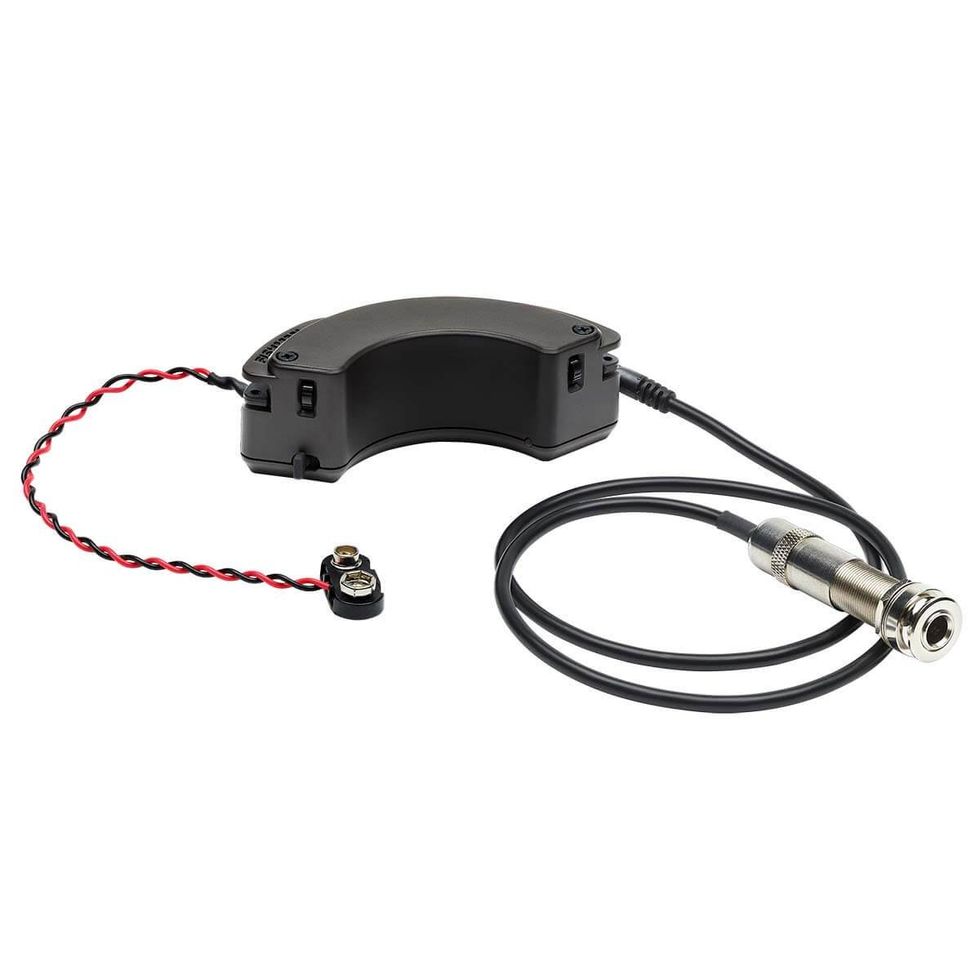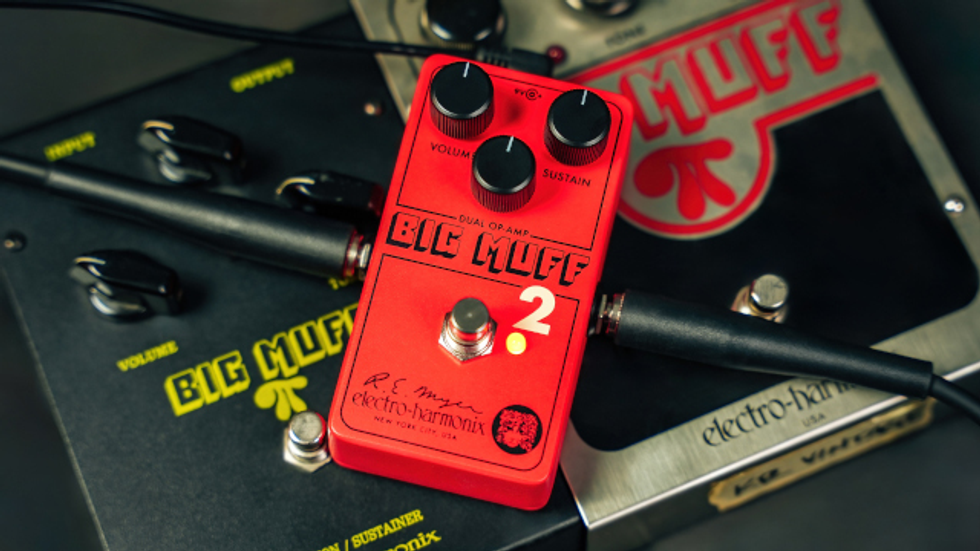This month we’re going to talk about recording with distortion—or the lack of it. In the process of tracking guitars, either at home or in a commercial studio, decisions must be made about the overall sounds and how they fit each song. What helps separate excellent productions from mediocre ones is that magical balance between parts, and the amount of distortion on your guitars can be a critical factor in that equation.
What brought about the whole idea for this article was actually a random event. When I work out in the morning, I have my iPod on shuffle. Naturally, as I’m a guitar player, there’s a lot of guitar music in my collection. It just so happened that a handful of tracks played back to back that were heavy pieces, but with a noticeable lack of saturated amp sounds. After listening back again, I determined that in addition to being good songs to begin with, the various layers of guitar sounds had a powerful production impact—simply based upon their distortion levels. Here are a few examples from my listening session.
What helps separate excellent productions from mediocre ones is that magical balance between parts, and the amount of distortion on your guitars can be a critical factor in that equation. |
Another Zeppelin example is “The Song Remains The Same,” on Houses Of The Holy. The driving bed rhythm tracks are quite clean. When it comes time for the solos, the distorted parts have their own sonic space and separate themselves nicely from the rest of the mix.
More tunes followed in my listening: the Smashing Pumpkins songs “Rhinoceros,” “Today,” and “1979” all have excellent dynamic breaks—all created through the use of guitars that ebb and flow in their distortion levels. The Cure’s song “Open” features layers of clean and distorted guitar sounds that appear and disappear, creating an amazing sense of space and depth.
Take a listen to Steve Stevens’ guitar work on Billy Idol’s classic Rebel Yell album. Tracks like “Eyes Without A Face” have rhythmic, clean electrics (and some acoustics), which are suddenly punctuated by wicked blasts of distorted guitar. The effect is powerful and really helps lift the song to a higher level. The same applies to the tune “Flesh For Fantasy.” Steven’s compressed and chorused clean sounds are layered with heavily distorted parts on the pre-choruses and choruses. In the middle break, the heaviest chords hit—with the most distortion. While they are simple chords, their sonic power is undeniable.
In my recent work with Ace Frehley on his upcoming album, he was also very careful about the amount of distortion we captured from his amps. We would be working on a part, and he would quite often go out into the live room and turn down the saturation on the amps, either by lowering the master or the pre/post gain controls. The net effect of limiting the distortion of a track helps to make room for other sounds in the overall production, especially additional layered guitars or solos.
When you think of guitarists like Page, or any of the artists mentioned above, heavy guitars with a lot of distortion come to mind. But in reality, it’s not always the case. After a good listen, you might realize there’s a lot less saturation in their music than you expect to hear.
So on your next project, take the time to think about when you should—and shouldn’t—drive the guitar parts. Also, with the popularity of software guitar amps, you can automate that distortion to increase and decrease in real time. Obviously, depending on the type of amp, the sonics will change, but the effect will be there. Sure, there are times when you’ll need to “open it up,” but it’s important to take the overall production value into consideration. The old moniker, “less is more,” may apply to your track.
Rich Tozzoli
is a producer, engineer and mixer who has worked with artists ranging from Al DiMeola to David Bowie. A lifelong guitarist, he’s also the author of Pro Tools Surround Sound Mixing and composes for such networks as Discovery Channel, Nickelodeon and National Geographic.








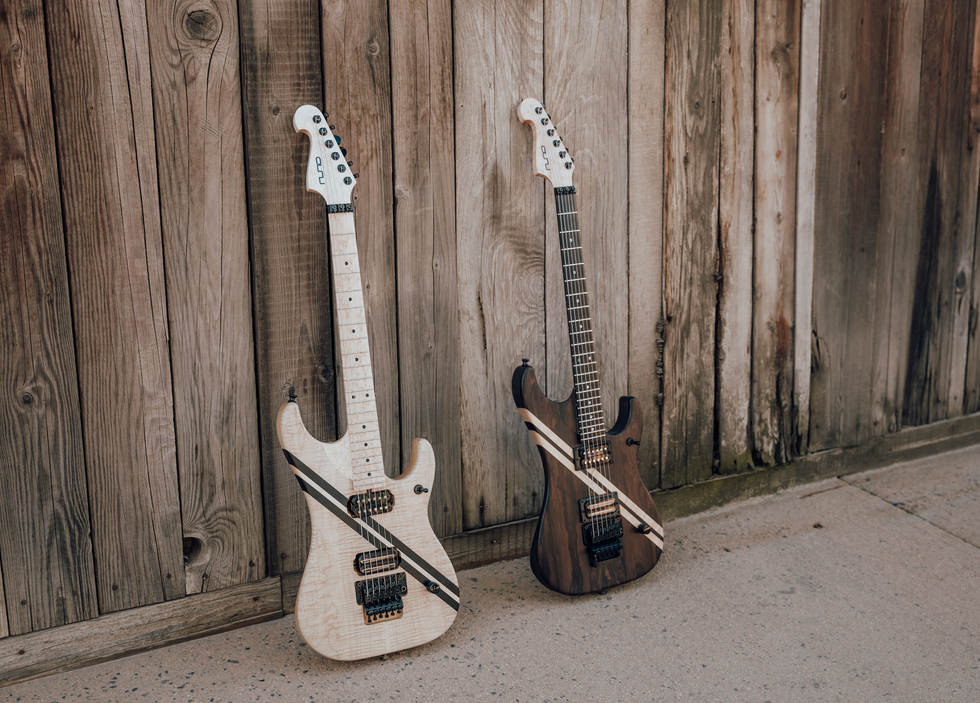





![Rig Rundown: Russian Circles’ Mike Sullivan [2025]](https://www.premierguitar.com/media-library/youtube.jpg?id=62303631&width=1245&height=700&quality=70&coordinates=0%2C0%2C0%2C0)



